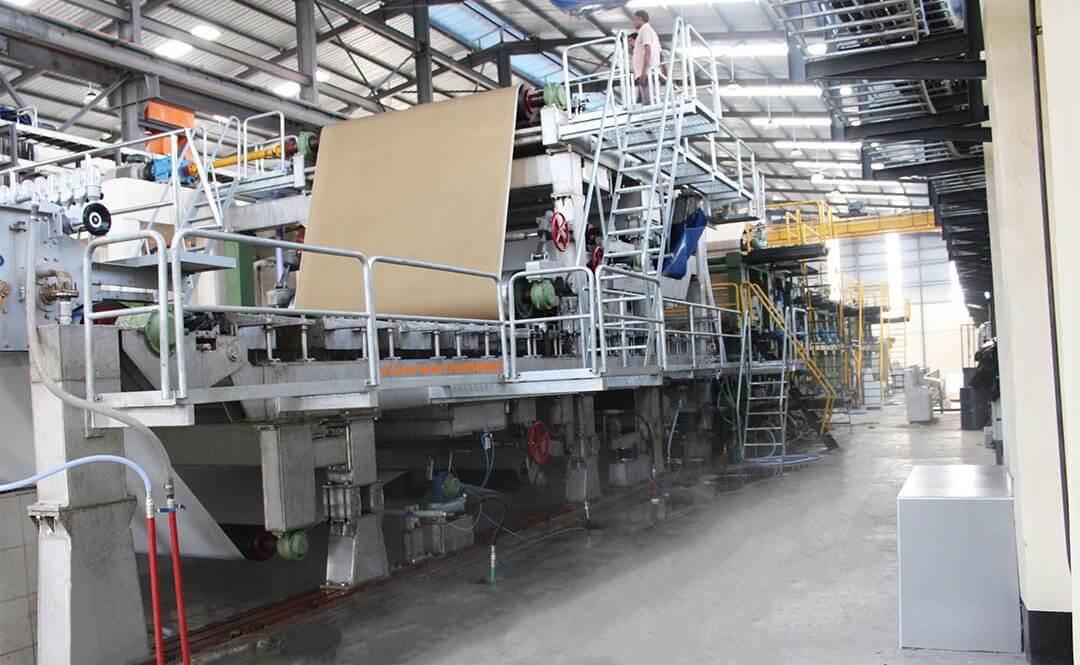- krofta@kroftaengineering.com
- Durga Bhavan A-68, FIEE Complex, Okhla Industrial Area Phase – II, N.D – 110 020
Paper Fiber Recovery In The Paper Industry

Paper Fiber Recovery In The Paper Industry
In today's world, where environmental concerns are becoming increasingly important, the paper industry has a crucial role to play in sustainable practices. One key aspect of sustainability in the paper industry is the recovery and recycling of paper fibers. In this blog, we will explore the importance of paper fiber recovery and how it contributes to the overall sustainability of the industry.
1. Preserving Natural Resources:
The paper industry heavily relies on trees as a primary raw material for paper production. By recovering and recycling paper fibers, we can significantly reduce the need for virgin wood pulp. This conservation of natural resources helps in preserving forests and maintaining ecological balance.
2. Energy and Water Conservation:
The production of paper from virgin fibers requires substantial amounts of energy and water. Recovering paper fibers reduces the demand for these resources, as recycled fibers generally require less energy and water compared to the production of virgin fibers. By integrating fiber recovery into the paper manufacturing process, companies can reduce their environmental footprint and contribute to energy and water conservation.
3. Waste Reduction and Landfill Diversion:
When paper is not recycled, it often ends up in landfills where it contributes to waste accumulation. Recovering paper fibers through recycling programs helps divert paper waste from landfills, reducing the strain on waste management systems and extending the lifespan of landfills. By promoting paper recycling and fiber recovery, the paper industry can actively contribute to waste reduction and create a circular economy.
4. Carbon Footprint Reduction:
The paper industry, like any other industrial sector, has a carbon footprint associated with its operations. By recovering paper fibers, the industry can reduce its carbon emissions in multiple ways. Firstly, recycling paper fibers requires less energy compared to the production of virgin fibers, resulting in lower greenhouse gas emissions. Secondly, by preserving forests through fiber recovery, the industry contributes to carbon sequestration, as trees absorb carbon dioxide from the atmosphere.
5. Economic Benefits:
Paper fiber recovery not only benefits the environment but also brings economic advantages to the paper industry. Recycling and reusing paper fibers reduce production costs by decreasing the dependence on virgin materials. Additionally, the recycling sector creates employment opportunities and contributes to local economies, further strengthening the industry's sustainability and overall economic viability.
Conclusion: The recovery and recycling of paper fibers are crucial for the sustainable development of the paper industry. By promoting fiber recovery, the industry can conserve natural resources, reduce energy and water consumption, divert waste from landfills, lower carbon emissions, and create economic benefits. Embracing fiber recovery practices will not only enhance the environmental performance of the paper industry but also foster a more sustainable future for generations to come.


 Anita
Anita




